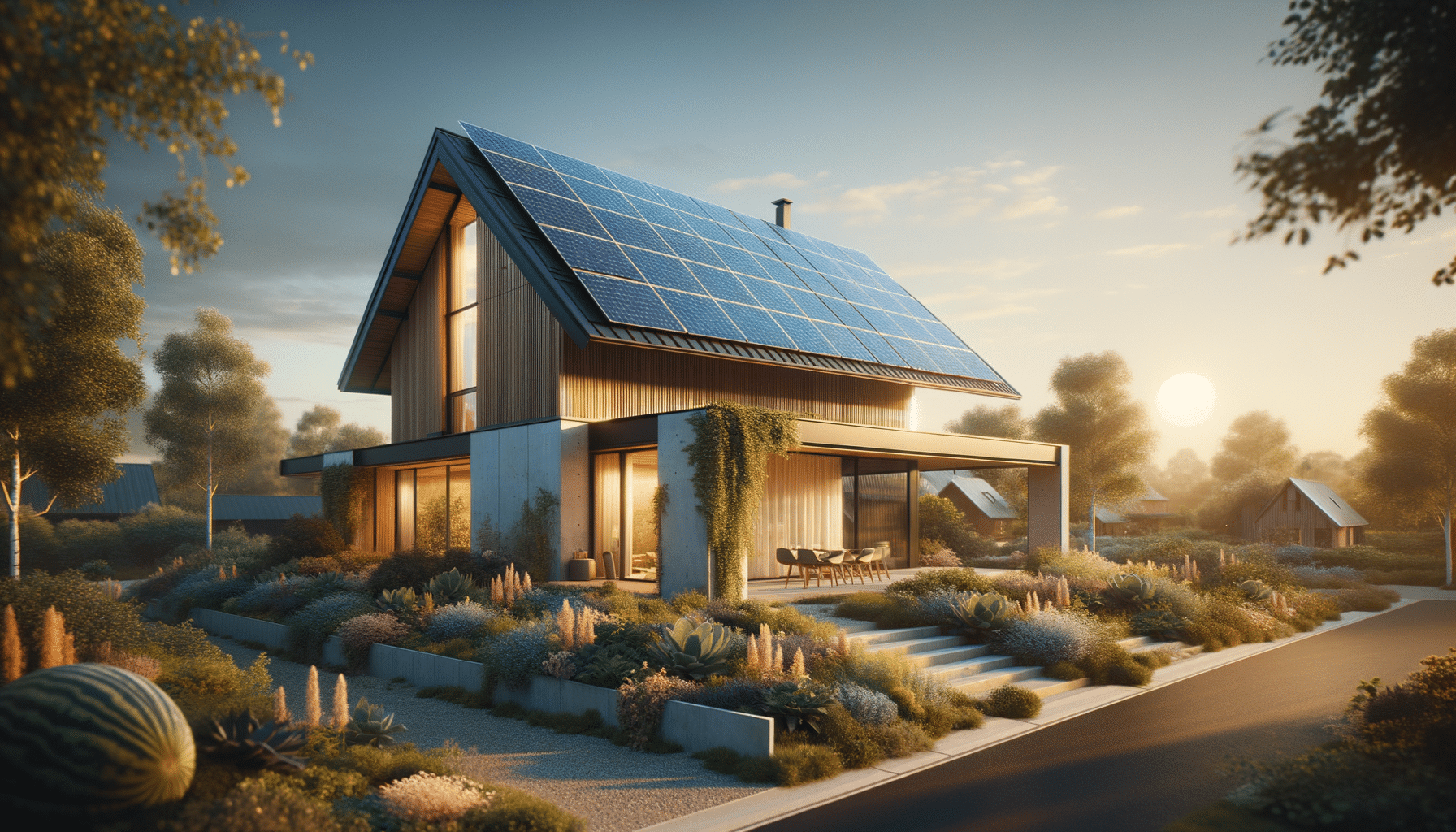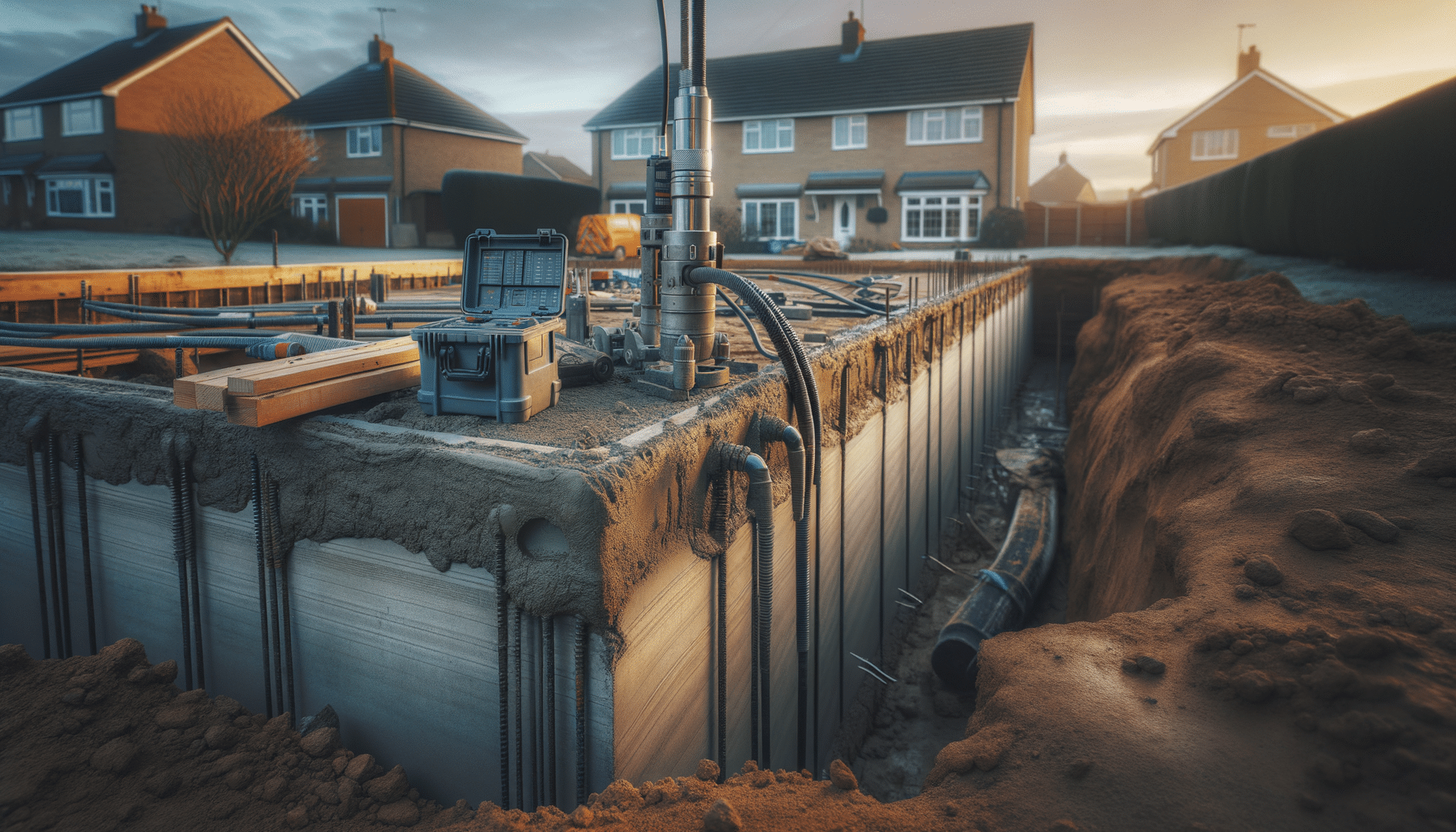
Learn About Solar Roofs
Introduction to Solar Roofs
In an era where sustainable energy solutions are gaining significant traction, solar roofs have emerged as a promising innovation. As the world grapples with climate change and the urgent need to reduce carbon footprints, solar roofs offer a viable pathway to harnessing renewable energy directly from the sun. By integrating solar technology into roofing materials, these systems provide a dual function: protecting homes from the elements while generating electricity. This article explores the multifaceted advantages and considerations of adopting solar roofs, shedding light on their potential to revolutionize residential energy consumption.
How Solar Roofs Work
Solar roofs are designed to convert sunlight into electricity using photovoltaic cells embedded within roofing materials. Unlike traditional solar panels that are mounted on top of existing roofs, solar roofs integrate the solar technology directly into the structure of the roof itself. This integration not only maintains the aesthetic appeal of a building but also maximizes the surface area available for energy generation. The electricity generated can be used to power homes, stored in batteries for later use, or even fed back into the grid. This innovative approach not only offers an environmentally friendly solution but also provides homeowners with a degree of energy independence.
Key components of a solar roof system include:
- Photovoltaic cells: These cells are responsible for converting sunlight into electricity.
- Inverters: Devices that convert the direct current (DC) produced by the solar cells into alternating current (AC), which is used by most household appliances.
- Battery storage: Optional systems that store excess energy for use during cloudy days or at night.
Understanding the mechanics of solar roofs is crucial for homeowners considering this option, as it impacts both the installation process and the long-term benefits.
Benefits of Installing Solar Roofs
The installation of solar roofs offers numerous advantages, both environmentally and economically. One of the primary benefits is the reduction of greenhouse gas emissions. By harnessing solar energy, homeowners can significantly decrease their reliance on fossil fuels, contributing to a reduction in carbon emissions. Additionally, solar roofs can lead to substantial financial savings. While the initial investment may be higher compared to traditional roofing, the long-term savings on electricity bills can offset these costs. In some regions, government incentives and tax credits are available to further reduce the financial burden.
Moreover, solar roofs enhance energy independence. Homeowners can produce their own electricity, reducing their vulnerability to fluctuations in energy prices and power outages. This self-sufficiency is particularly appealing in areas prone to natural disasters or where the energy grid is unreliable. The aesthetic appeal of solar roofs is another advantage, as they blend seamlessly with the architectural design of homes, unlike traditional solar panels which can be visually intrusive.
Challenges and Considerations
Despite the numerous benefits, there are challenges and considerations associated with solar roofs. One major challenge is the initial cost. The integration of solar technology into roofing materials can be expensive, and not all homeowners may have the financial capacity to make such an investment. Additionally, the effectiveness of solar roofs is highly dependent on geographical location and climate. Areas with limited sunlight may not reap the same benefits as sunnier regions, impacting the return on investment.
Another consideration is the lifespan and durability of solar roofs. While they are designed to last for decades, they must withstand harsh weather conditions without compromising their energy-generating capabilities. Maintenance and repair can also be more complex compared to traditional roofing, as specialized knowledge is required to address any issues with the photovoltaic cells or electrical components.
The Future of Solar Roofs
The future of solar roofs looks promising, with ongoing advancements in technology and increasing awareness of climate issues driving their adoption. Innovations in materials and design continue to improve the efficiency and affordability of solar roofs, making them accessible to a broader audience. As governments and organizations worldwide push for greener energy solutions, solar roofs are likely to play a pivotal role in the transition to sustainable energy.
Furthermore, the integration of smart technology is set to enhance the functionality of solar roofs. Smart grids, energy management systems, and real-time monitoring will allow homeowners to optimize their energy use and further reduce costs. As the solar industry continues to evolve, solar roofs represent a step towards a more sustainable and energy-efficient future.


